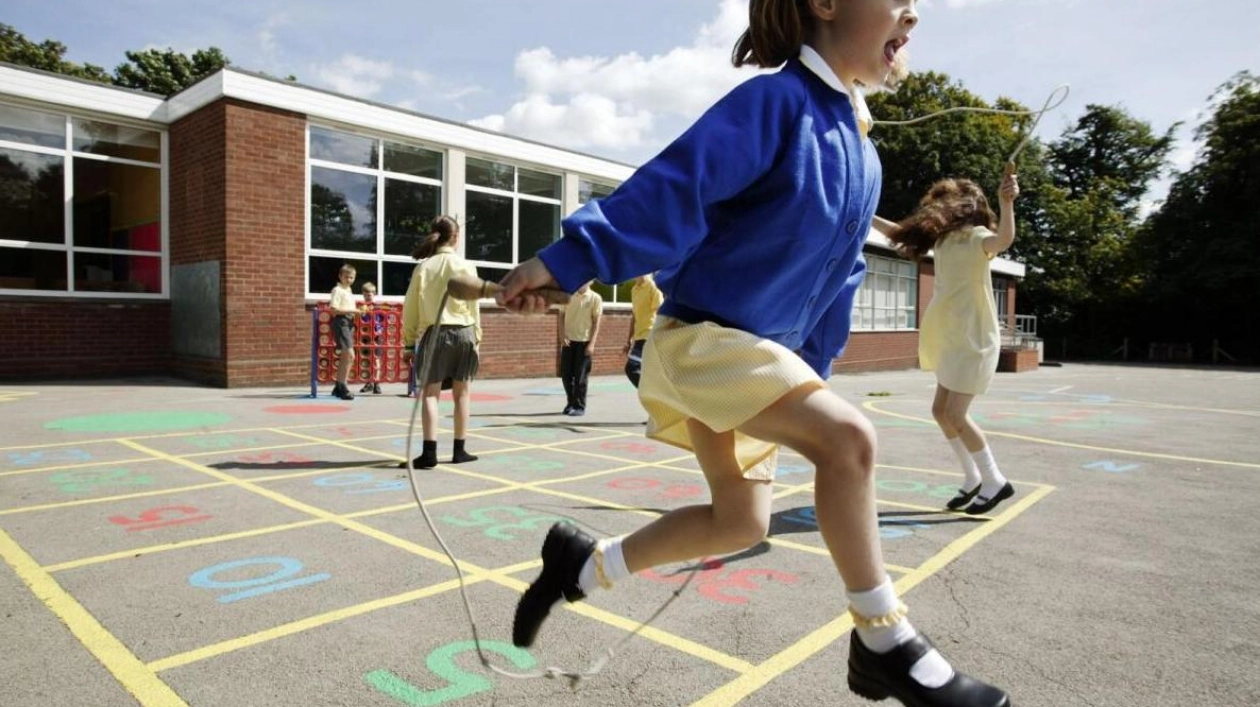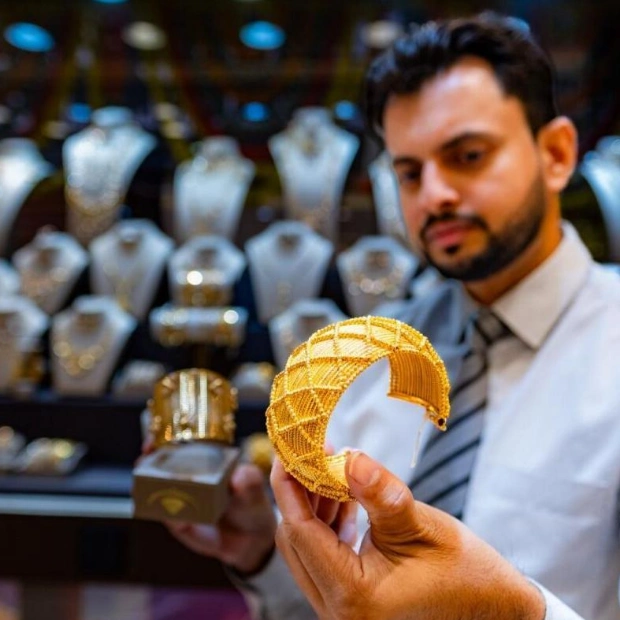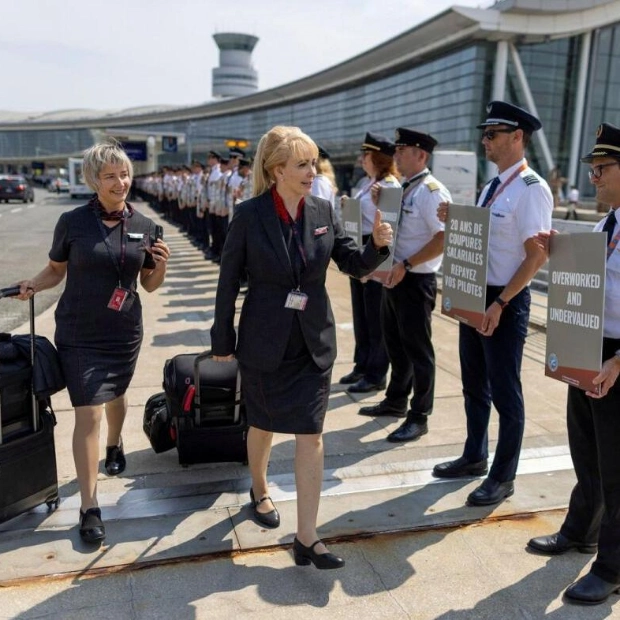Despite the decline in showering after Physical Education (PE) classes in schools over recent decades, health advocates in the UAE emphasize that establishing a consistent post-exercise shower routine following PE lessons promotes discipline and instills lifelong habits of cleanliness and self-care among students.
Factors such as privacy concerns, shifts in societal norms regarding personal hygiene, and the lack of available facilities have contributed to this trend's decline. Medical professionals advise that since PE is a part of the curriculum in all UAE schools, students should wash up, ideally take a shower, or at least change their clothes after PE lessons. The question remains: why has this practice become less common? Historically, it was standard practice for children to shower at school from the 1940s through the 1980s in many parts of the world. However, in more recent years, many schools have removed their shower rooms entirely, converting them into storage spaces in some cases.
In certain countries, like Japan and South Korea, it remains common for students to shower after PE classes. However, modern-day schools often encourage students to shower at home due to issues such as body shaming, bullying, and cultural, religious, or racial intimidation, which can sometimes escalate into conflicts.
Nav Iqbal, Principal/CEO of GEMS Metropole School – Motor City, noted, “Whether students take showers depends on the type of sports session. For example, students will shower before and after swimming lessons, while PE lessons are scheduled during cooler periods or towards the end of the school day to allow students to return home. Our MTS Mustang squad students ensure they have a separate sports kit alongside their school uniforms.” Iqbal added, “All students have a change of clothes to maintain hygiene standards, and our PE staff and Performance Institute team take time at the start of each term to teach young people how to ensure personal hygiene throughout the school day.”
Principals in Indian-curriculum schools highlight that the timetable only allows for a brief cool-down or cleanup period. Abhilasha Singh, Principal of Shining Star International in Abu Dhabi, stated, “There are washrooms available where students can change their clothes, but they typically don’t change during the day. Instead, they take what students call a ‘half shower,’ after their PE lessons, which is a quick wash where they clean their face and hair. This is mostly common with the boys. Due to a tight schedule, students often have to hurry after their PE classes. Since children sweat during physical activities and sports, it’s important for them to properly wipe off the sweat to prevent bacterial growth and curtail the spread of germs.”
Hygiene education is crucial, as doctors explain that physical activity causes sweating, which can lead to a buildup of bacteria on the skin. In schools where showering is not mandatory, students can be encouraged to at least change their clothes and freshen up. Medical professionals stress that developing a routine for personal hygiene helps students take responsibility for their health and well-being, which includes not only showering after PE but also practices like washing hands regularly and maintaining clean clothing.
Dr. Mohamed Nagy Serour, a Paediatrics Specialist at Medcare Royal Speciality Hospital in Dubai, emphasized, “Educating students about the importance of hygiene and proper showering techniques is crucial. Schools should integrate hygiene education into their curriculum to foster good habits early on. Schools should ensure that adequate and accessible shower facilities are available for students, including maintaining clean and functional facilities.”
Healthcare professionals also emphasize that parents play a key role in reinforcing hygiene practices at home. They should encourage and remind their children to adhere to good hygiene habits, especially after physical activities.
Dr. Kamran Afsharian, a Specialist Neonatologist at the International Modern Hospital in Dubai, noted, “Taking a shower after physical activities like PE classes or practice sessions is important for several reasons, particularly for male students, though the benefits apply universally. Physical activities cause sweating, which can lead to the buildup of bacteria on the skin. Showering helps wash away sweat, bacteria, and any dirt or grime that accumulates during exercise, reducing the risk of skin infections and unpleasant odors.”
Medical professionals explain that regular showers help prevent these problems by reducing the likelihood of clogged pores or skin irritation. Dr. Ayman Fahmy, a Specialist in Pediatrics at Medeor Hospital in Abu Dhabi, added, “Areas such as the feet, groin, and underarms are particularly prone to bacterial and fungal growth, making it vital to cleanse thoroughly after exercise. Skipping a shower can result in rashes, athlete’s foot, and other skin problems. Moreover, maintaining personal hygiene after physical activity can significantly boost self-confidence, especially for adolescent boys who become more aware of their appearance and body image.”
In addition to hygiene and skin health, doctors emphasize that showering after physical activity also aids in muscle recovery and relaxation. “It can help soothe tired muscles, improve circulation, and reduce the risk of soreness or stiffness after intense PE sessions,” Fahmy concluded.






